Happy New Year!
This year has relatively few significant anniversaries of the births or deaths of major painters, but some of them should be major events. Here’s a preview of those whom I intend covering in articles or series over the coming year.
24 January 1920, death of Amedeo Modigliani, born 1884

Modigliani was born in Livorno, in Italy, and contracted tuberculosis when he was only sixteen. He studied locally, then moved to Paris in 1906, where he settled in Montmartre and painted in poverty and without recognition. As he became addicted to alcohol and drugs, he developed a distinctive style, and is best known today for his many nudes, such as this Nude on a Blue Cushion from 1917.
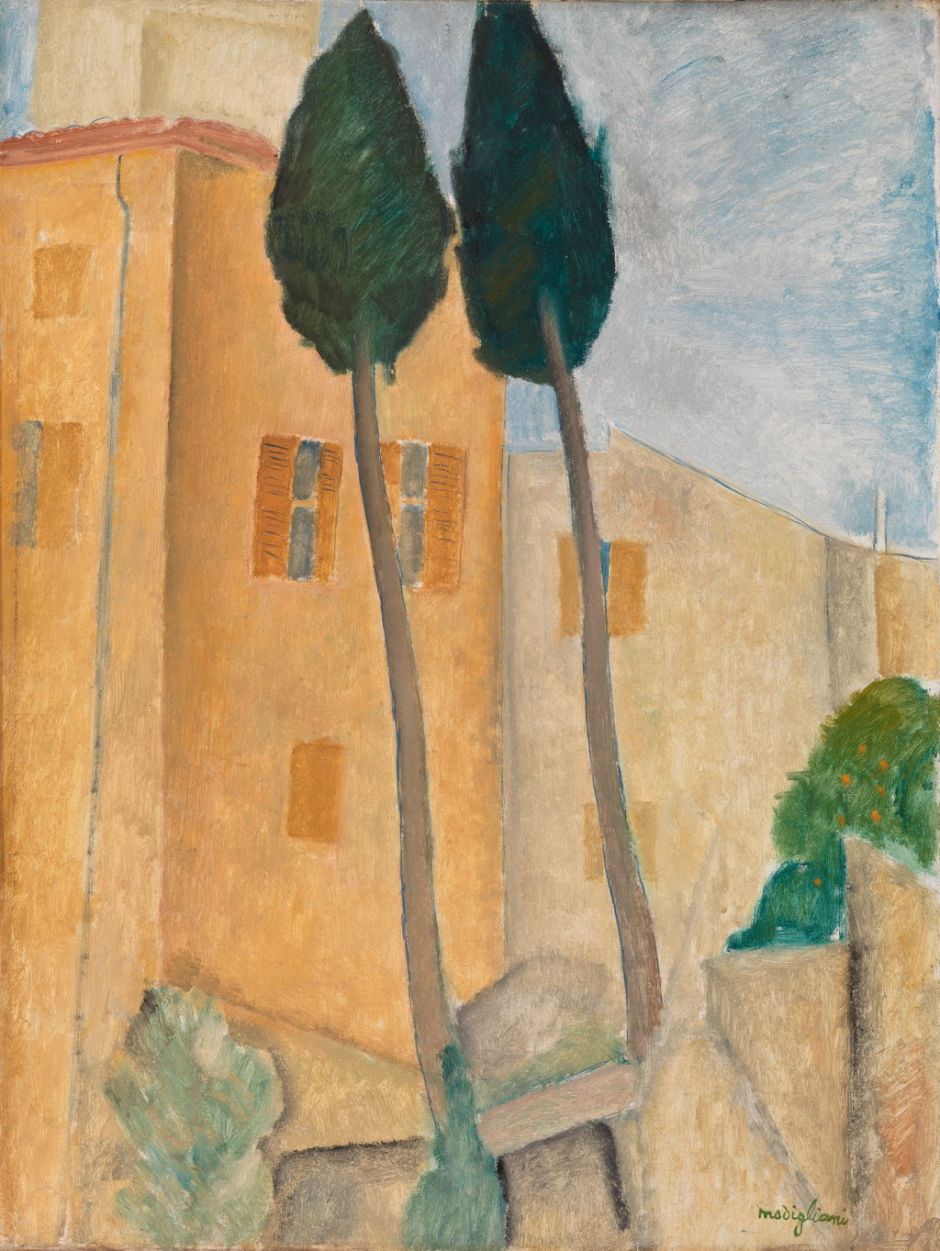
He also painted portraits, and a few landscapes such as Cypresses and Houses at Cagnes, which he completed in 1919, the year of Renoir’s death. Tragically, his addictions and lifestyle allowed his tuberculosis to worsen, and he died from that in early 1920. His partner, the young French artist Jeanne Hébuterne, was so devastated by his death that two days later, on 26 January 1920, she threw herself to her death from a fifth-floor apartment window.
11 March 1820, death of Benjamin West, born 1738
West was born in Springfield, PA, where he taught himself to paint, and adopted the ambition to become a history painter. He travelled to Europe in 1760, where he first tried to study in Rome. Three years later, he arrived in London, intending to stay briefly on his way back to America, but never made that return. He was introduced to Joshua Reynolds, then still a student, and settled in London, intending to modernise history painting.
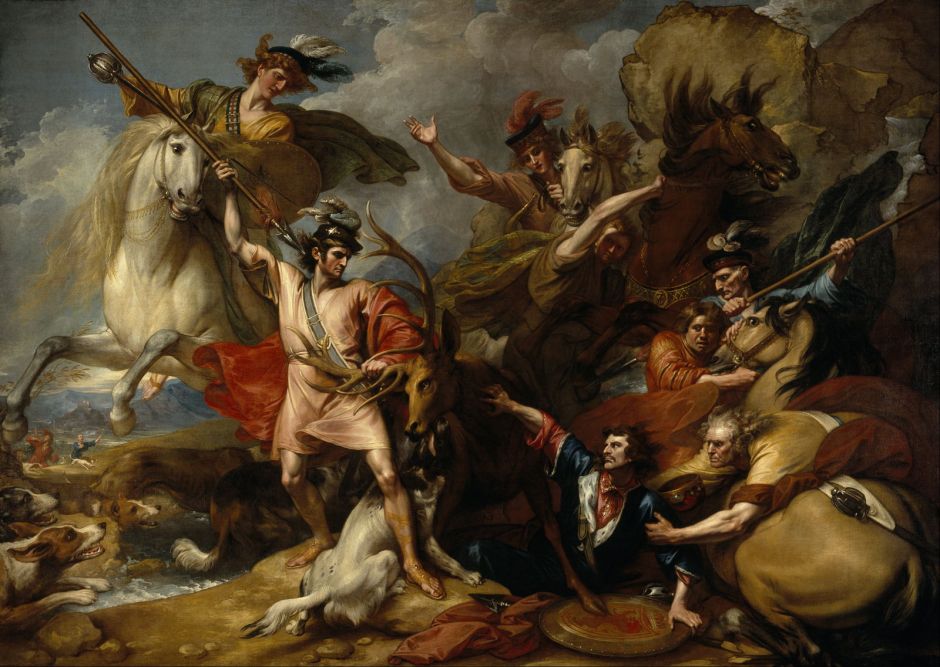
West’s most famous painting shows The Death of General Wolfe (1770), but like most of his work turned out to be a static tableau. The greatest action in any of his paintings is that in Alexander III of Scotland Rescued from the Fury of a Stag by the Intrepidity of Colin Fitzgerald, painted in 1786. Although this incident, in which the King of the Scots was almost gored by a stag, was far from contemporary – Alexander III lived from 1249-1286 – it is at least post-classical.
West draws the viewer’s gaze to the figure of Colin Fitzgerald, with his spear raised and ready to kill the stag, rather than the prostrate king he is saving. There are parallels with the compositional problems of the Calydonian Boar Hunt, perhaps best solved by Rubens in his Hunt of Meleager and Atalanta of about 1616-20, a painting with which West appears to have been unfamiliar.
6 April 1520, death of Raphael (Rafael Sanzio de Urbino), born 1483
Raphael was born in Urbino, Italy, and was orphaned when he was only eleven. His training is uncertain, but almost certainly started locally before he was apprenticed to Pietro Perugino, where he became a master by 1500. From then he travelled between commissions, spending much of his career in Florence. He is thought to have been a friend of Fra Bartolomeo, but was a rival to Leonardo da Vinci and later Michelangelo.
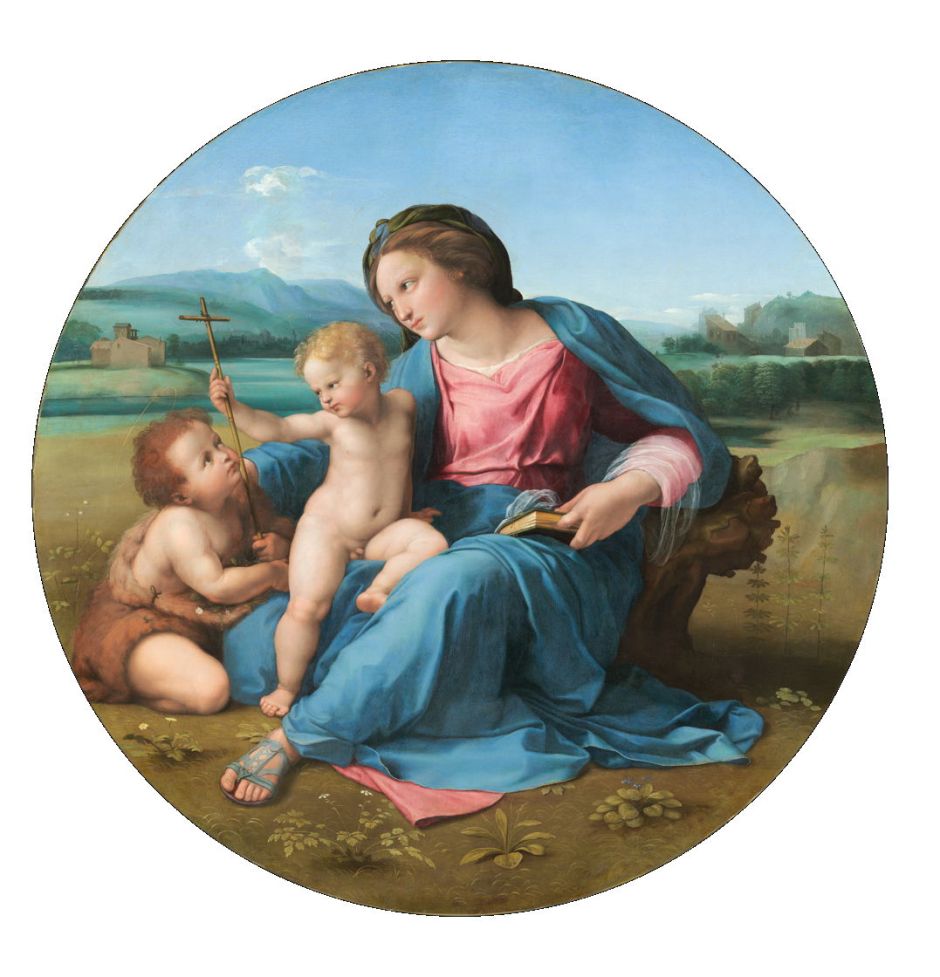
During the early years of the sixteenth century, Raphael’s figures became progressively more lifelike, and his background landscapes wondrous, as seen in The Alba Madonna from about 1510.
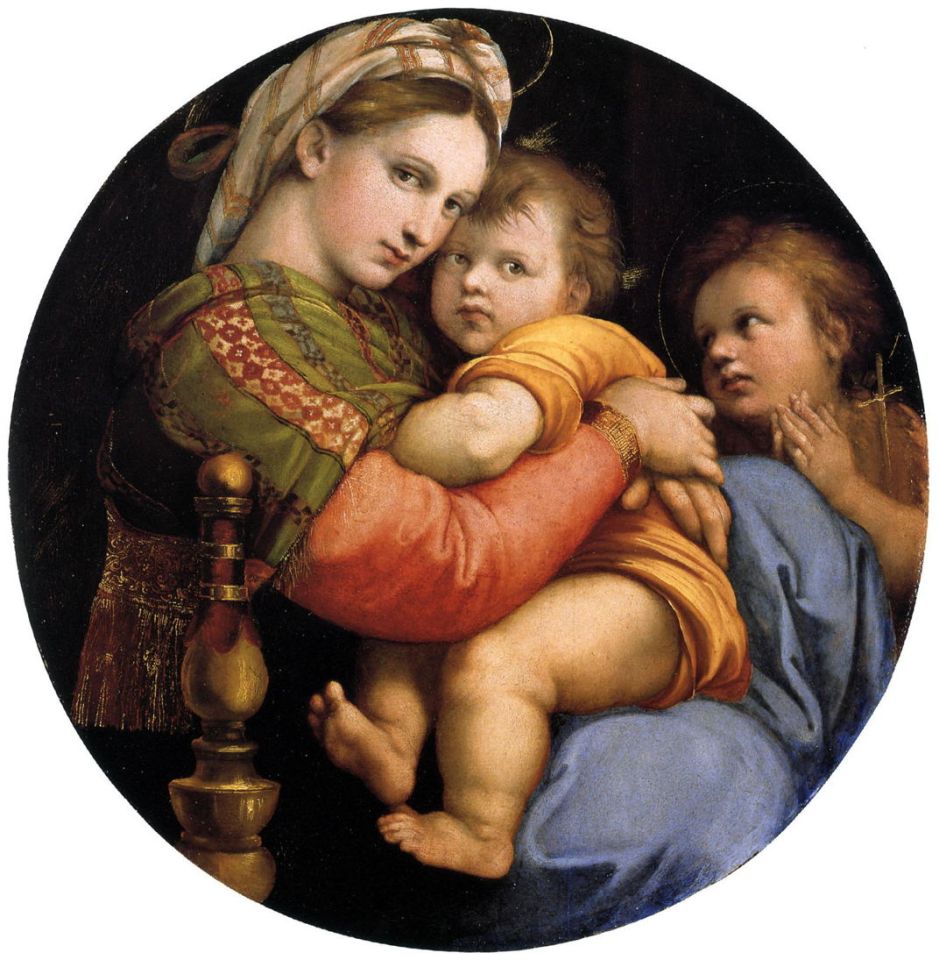
In his Madonna della seggiola (Madonna of the Chair) (1513-14), the faces of the Virgin and Child are superb, and all the fabrics are natural in appearance, texture and ‘feel’. Tragically, he died at the age of only thirty-seven, but by then had changed the course of painting in Italy – so much so that the Pre-Raphaelites in Britain tried to return to what they considered to be an older and ‘purer’ style.
20 April 1920, death of Briton Rivière, born 1840
Rivière came from a British artistic family, and was trained almost exclusively by his father. From about 1865, he specialised in the painting of animals.

Typically, Requiescat from 1888 is less about the death of the knight clad in armour than the loyalty and devotion of his dog, who sits pining for his master.
22 August 1920, death of Anders Zorn, born 1860
Zorn was born in the deep countryside of Mora in Sweden. He trained at the Royal Swedish Academy of Arts in Stockholm, where he was recognised as a high-flyer. His career started with portraits, for which he was as sought-after as John Singer Sargent. He travelled worldwide to paint commissions, which included no less than three Presidents of the USA.
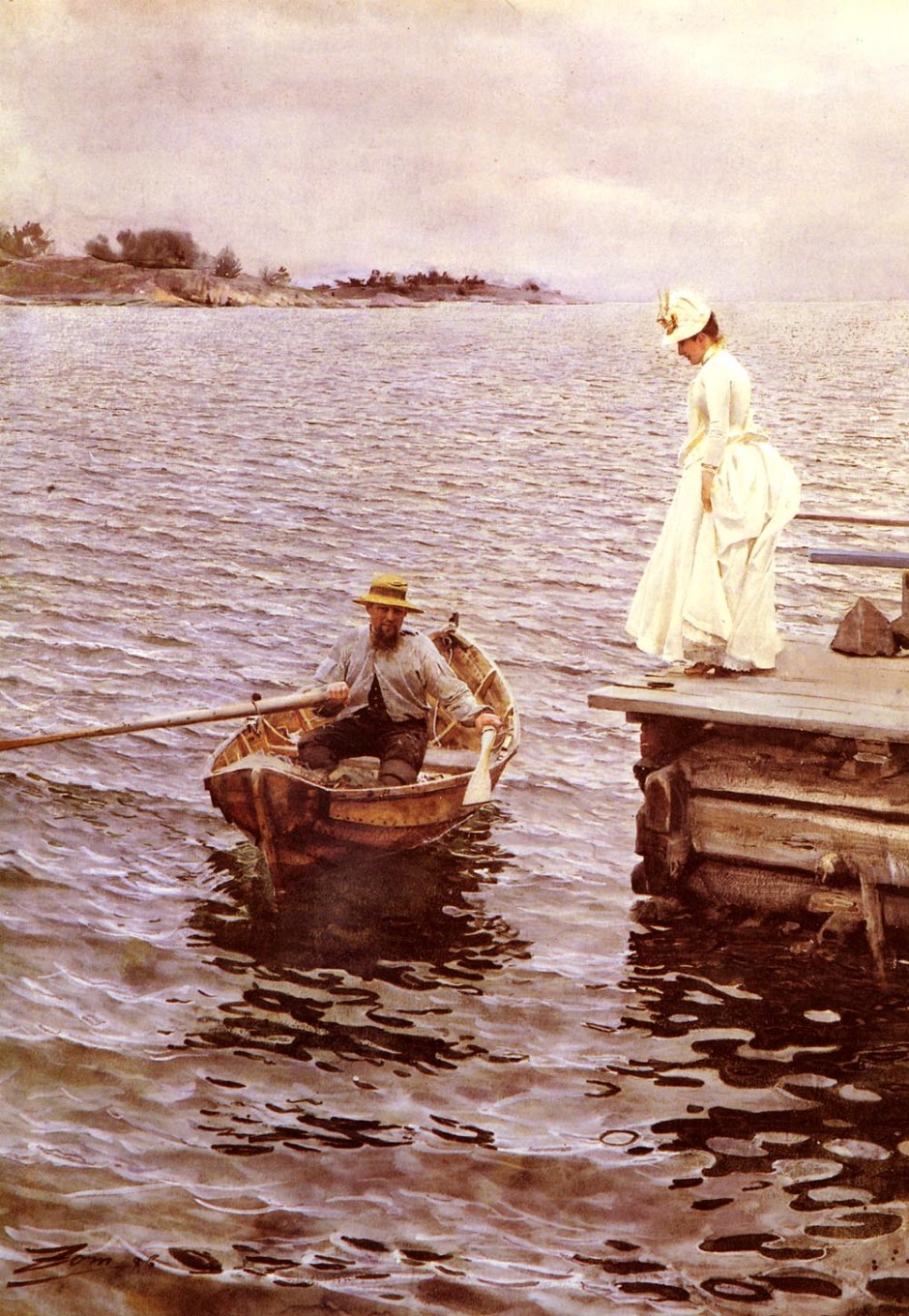
Zorn also painted rural scenes from the region close to his home, and many very ‘natural’ nudes, often in rustic settings. His skill in watercolours equalled that in oils: this painting of a Summer Vacation from 1886 is executed in watercolour.

Several of his oil paintings tackled the problems of living in the countryside, here alcoholic stupor at Mora Fair (1892).
4 October 1720, birth of Giovanni Battista Piranesi, died 1778
Piranesi was a prolific Italian print-maker who made several famous sets of prints of Rome and its classical remains.
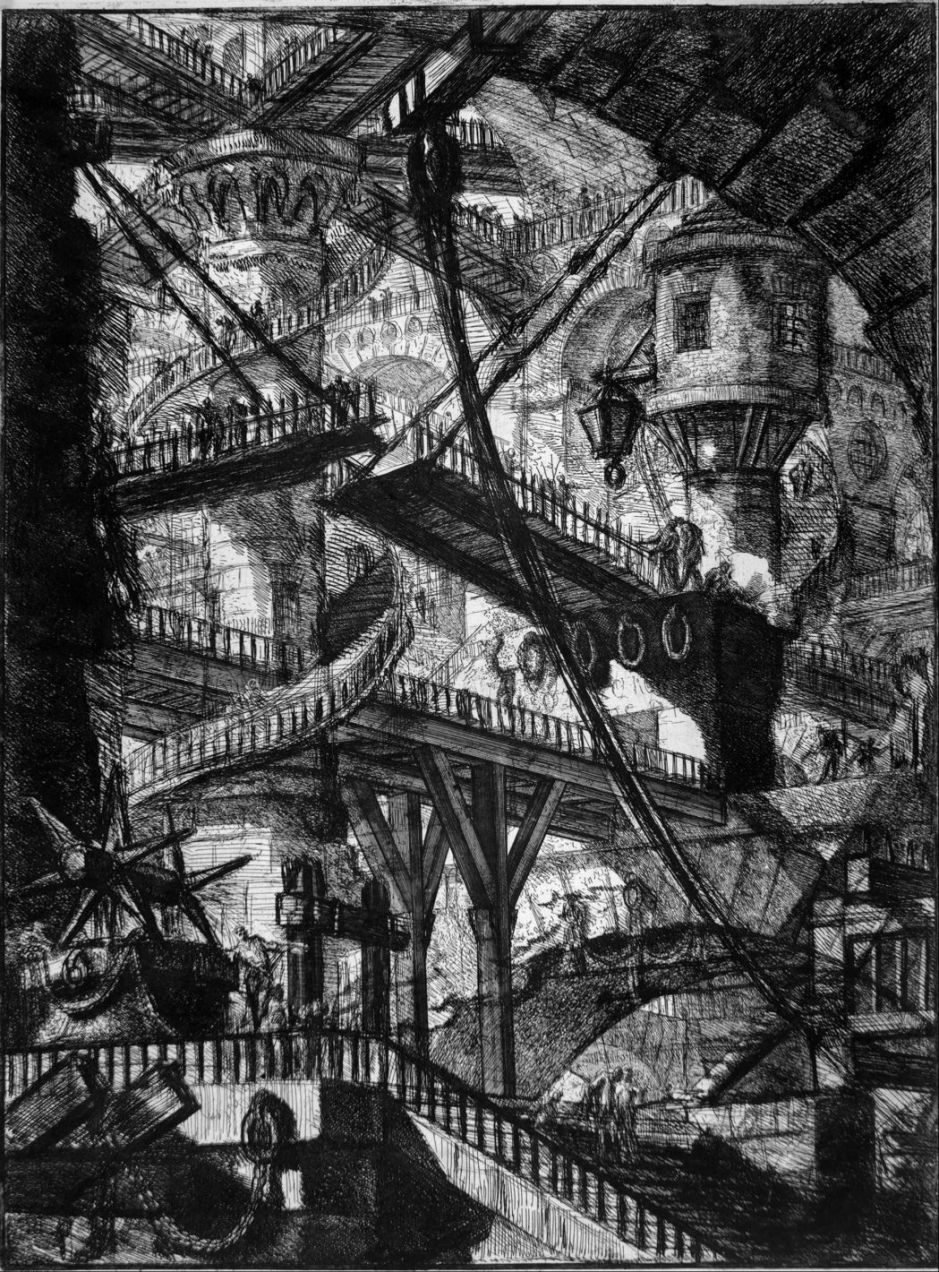
His series of sixteen etchings showing Carceri, or Prisons, from 1745, are possibly among the most influential over Romanticism and Surrealism, and entirely of his own invention.
20 October 1620, birth of Aelbert Cuyp, died 1691
Cuyp was one of the leading landscape painters of the Dutch Golden Age, whose biography is almost unknown.

At their best, Cuyp’s coastal landscapes such as The Maas at Dordrecht from about 1650 are full of rich light. As a result, he has sometimes been referred to as the Dutch Claude Lorrain.
13 November 1920, death of Luc-Olivier Merson, born 1846
Merson came from an artistic family in Paris, and trained at the École des Beaux-Arts there. He won the Prix de Rome, and studied in Italy for five years. On his return to Paris, he was a prominent Naturalist who painted a succession of brilliant narrative works.

One of his finest paintings is The Wolf of Agubbio (1877), in which he tells one of the legends associated with Saint Francis of Assisi. As with other Naturalists and academic artists of the day, his work has now largely been forgotten.
December 1820, birth of Eugène Fromentin, died 1876
Fromentin was a prominent writer, art historian and painter, who was born in La Rochelle, in France.
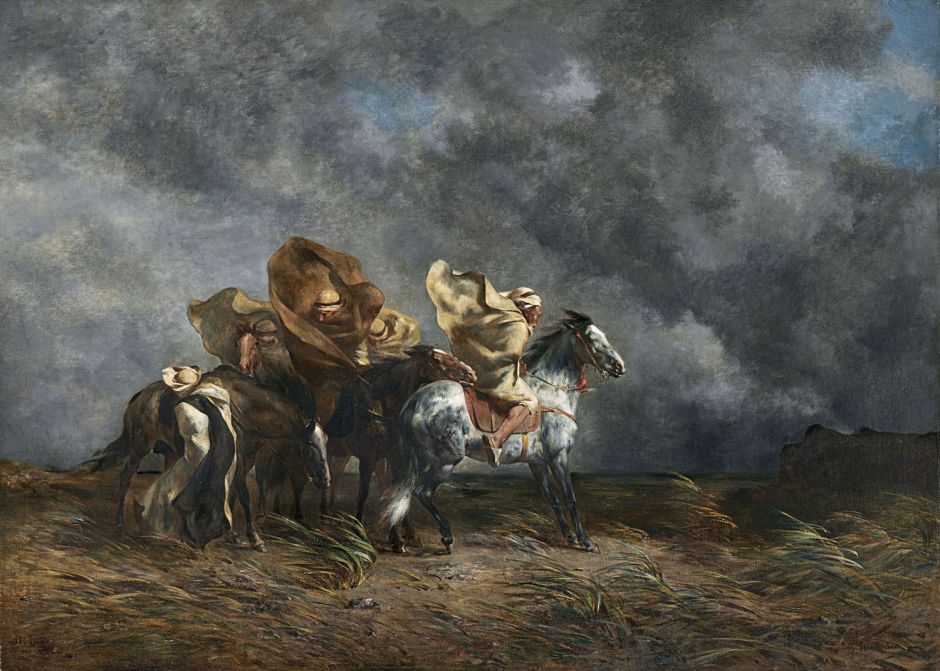
He was one of the first French artists to travel and paint in Algeria. Windstorm on the Esparto Plains of the Sahara from 1864 is one of the later examples of his work from North Africa, which helped establish the vogue for Orientalism.
1620, birth of Juan de Zurbarán, died 1649
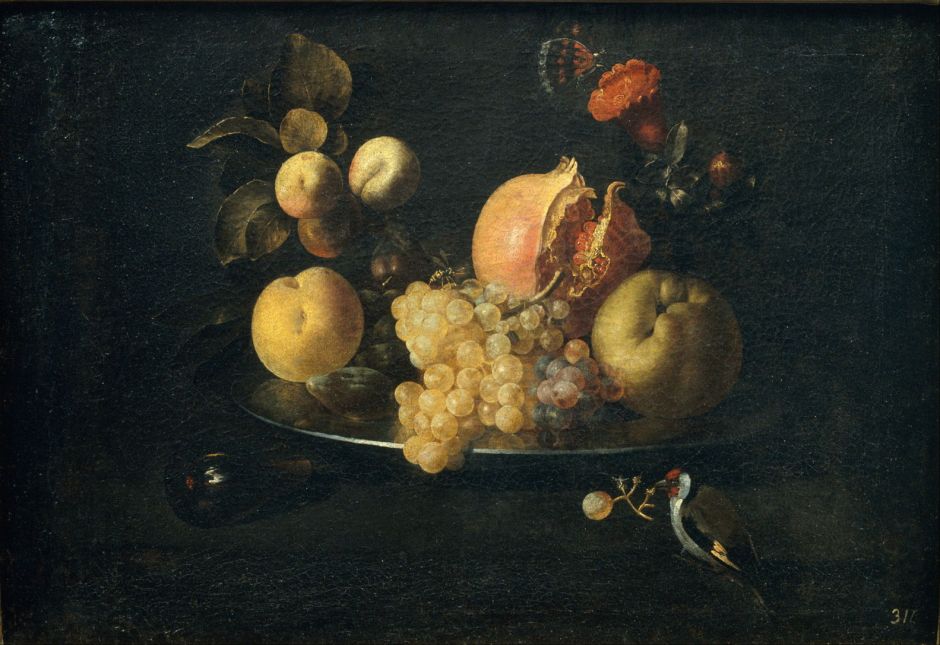
The son of the more famous Spanish artist Francisco de Zurbarán, he painted unusual still lifes in chiaroscuro, such as this Still Life with Fruit and Goldfinch from 1639-40. He died during an outbreak of the plague which ravaged Seville in 1649, at the age of only twenty-nine.
1520/1524, birth of Giovanni Battista Moroni, died 1579
Moroni was born near Bergamo in Italy, during the late Renaissance. After training in Brescia, he went on to be one of the most prolific and famous portrait painters of the period.
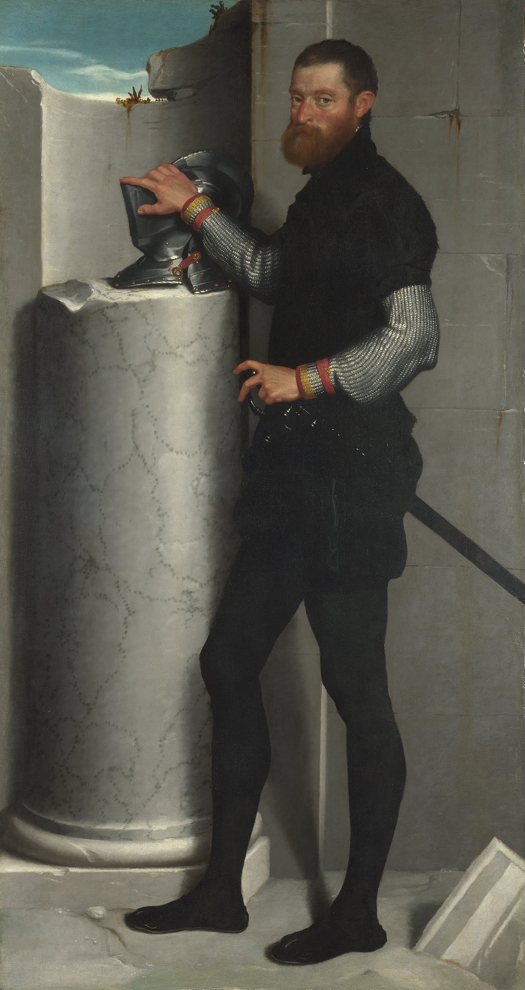
London’s National Gallery now has one of the finest collections of his paintings, including this Portrait of a Gentleman with his Helmet on a Column Shaft from about 1555-6. It’s an excellent example of the use of highlights and shadows to form 3D objects.
I hope that you’ll join me to look at their paintings, together with those of other artists, over the coming year.

